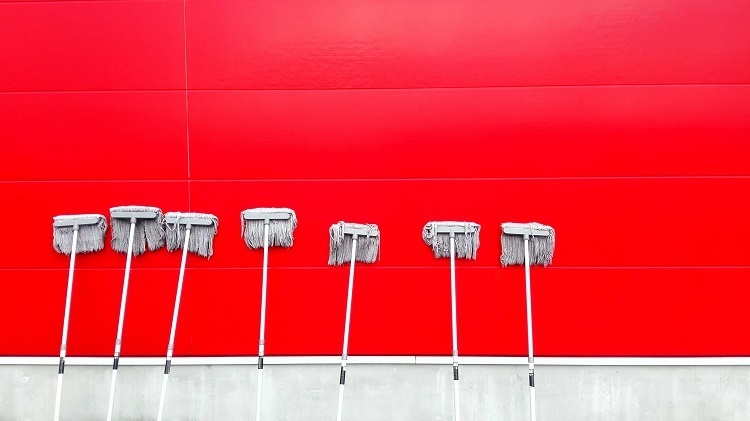How to Effectively Prepare a Commercial Floor for Cleaning
Keeping your commercial floors clean is essential to the health and safety of your employees. Fortunately, it doesn’t have to be an intimidating task if you follow these simple steps.
Whether you have wood, tile, carpet, or laminate flooring, it’s important to establish a routine commercial floor cleaning Manhattan NY, to help extend the life of your floor. This can make all the difference between a beautiful, shiny floor and an unattractive, dirty one.
Table of Contents
Vacuuming
If your commercial floor has a carpet, vacuum it regularly to avoid damage and allergens. Vacuuming also removes dirt and grit that may damage your flooring over time.
The best way to do this is with a commercial vacuum cleaner. The key is to choose one that can handle heavy traffic areas and be cleaned with repeated passes.
Regularly cleaning your floors will keep them looking new and prevent stains from forming. It will also help eliminate any pests, such as bugs or dust mites, that might be present.
In addition to removing soil, vacuuming also helps to reduce the risk of mold and mildew. It also improves air quality by removing the micro-particles that contribute to various respiratory issues, including asthma and allergies.
A good industrial vacuum can suck up even the most difficult-to-reach micro-particles that can be trapped in crevices and under furniture. This reduces the number of allergens in your workspace and helps to keep your employees happy and healthy.
Dry Mopping
Dry mopping is a great way to remove dirt and debris from floors. This cleaning combines sweeping with a microfiber mop, which picks up dirt and debris in its fibers instead of flinging it around like a broom.
It is also faster than wet mopping and preserves the integrity of certain types of flooring, like hardwood. It is an ideal method of floor maintenance for most businesses.
A good rule of thumb is to tackle your floor in sections. Start in the farthest corner of the room and work toward the exit, taking your bucket with you, so you are not walking on a wet floor before it is dry.
Wet mopping is also a good choice for cleaning up spills or other liquids that have dried on the floor. Mix a cleaning solution in your bucket, dip your mop into it, and then wring out as needed until the entire floor is clean.
Wet Mopping
Every commercial space needs to be properly prepared for cleaning before it can be effectively maintained. This includes mopping the floor.
To wet mop, the floor effectively starts in the space’s innermost corner and works your way to the exit. This allows you to move back continually so you don’t leave footprints on the wet areas, reducing water damage and increasing coverage.
Then, a figure 8 or S pattern is used to wet mop the entire area. Regardless of what mop you are using, this allows you to overlap slightly on each pass, which improves coverage and makes it less likely that you will miss areas.
Sealing
Commercial floors are often walked over hundreds or thousands of times per day, and this can gradually cause damage to the floor’s finish, shine and overall look. This is because of the high foot traffic and the resulting dirt, oil, and debris build-up.
This is why sealing your floors is important before a cleaning job. The sealant will protect your floors from stains, spills, and general wear and tear, keeping your floor looking clean and fresh for longer.
Another key reason to seal your commercial floors is to stop things from falling onto them and causing damage. This is especially important in places with a lot of movement, such as industrial settings.
Sealing a floor also protects it from chemical spills, oils, and other liquids that can corrode the concrete. It also stops the sudden changes in temperature from causing thermal shock that can weaken and fracture your floor. A quality concrete sealer will keep your floors in good condition for a long time.

